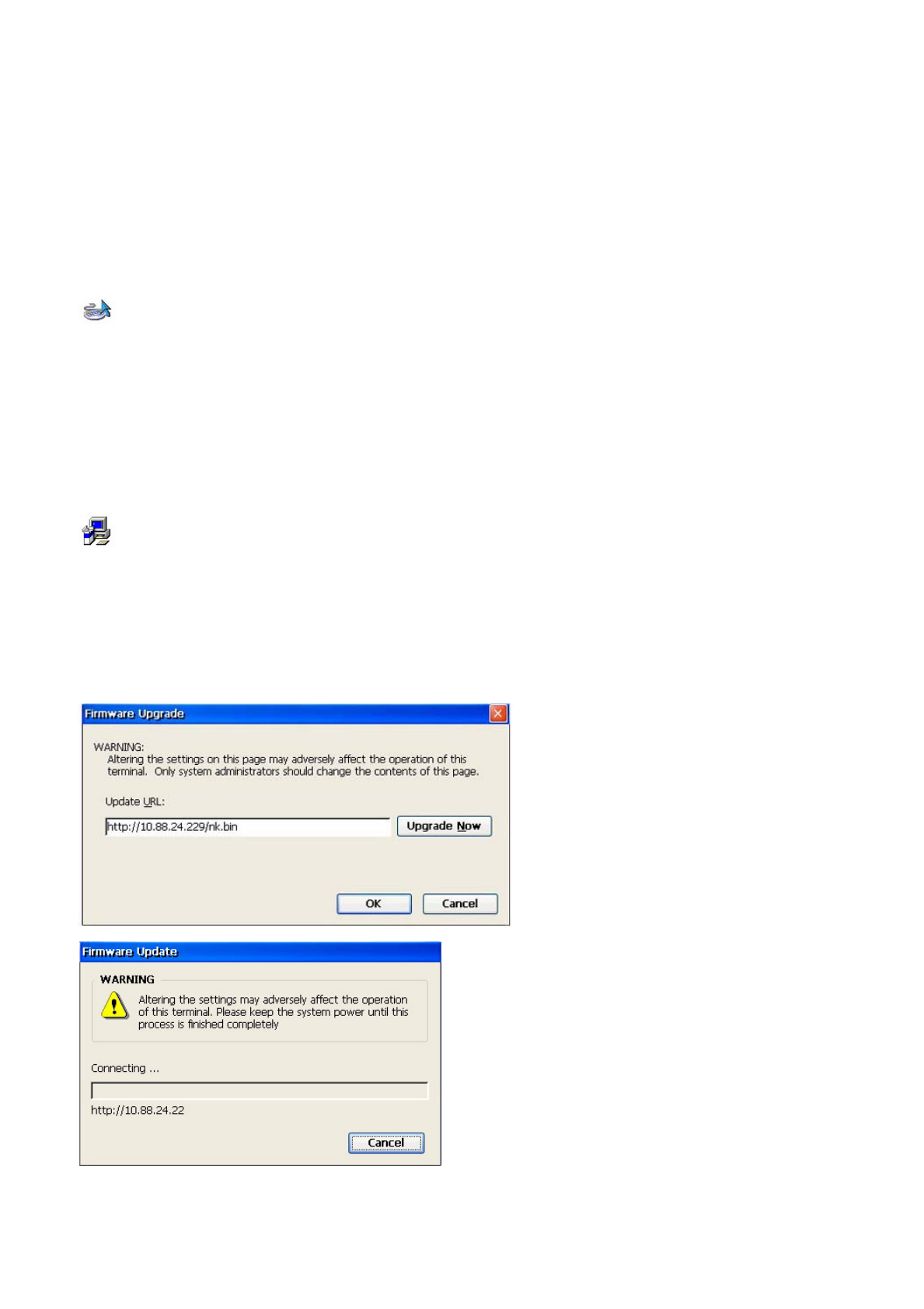
the combo box.
With the Preferences tab, you can configure update functionality settings. These settings
are used when you update your terminal modules manually using a Terminal Manger
program instead using Auto Update.
With the Server Location tab, you can view a list of IPC host PCs that exists on your
network.
The Firewall Settings tab is used to configure a SOCKS (Socket Secure) firewall. SOCKS is
a protocol that configures the proxy host PC which exists between thin client and host PC.
The proxy host PC is used as a channel that mediates communication between thin client
and host PC.
Keyboard & Mouse
With Keyboard & Mouse in Control Panel, you can configure your terminal’s keyboard and
mouse properties.
With the Keyboard tab, you can configure how much time elapses before characters repeat
and how quickly characters repeat when you hold down a key. You can also specify
whether to activate Num Lock, Caps Lock, and Scroll Lock keys at boot-up.
With the Mouse tab, you can change mouse button configuration to either Right-handed or
Left-handed configuration, and adjust the speed of your mouse pointer that the pointer
responds to the movements of the mouse itself.
Upgrade
When the firmware update finishes, your terminal restarts and the Setup Wizard is
displayed. When selecting the ‘Reset the system using the saved configuration file’ option
and clicking Next, all system settings are saved with the existing values and your terminal is
Using the Upgrade item in the Control Panel, you can upgrade your terminal’s firmware.
By entering the URL of a host PC that provides the upgrade files and clicking on Update
Now, your terminal tries to connect to the host PC. If the connection is successful, it
downloads and installs the relevant files. You can cancel the upgrade while downloading
files, but you cannot cancel while the installation is in progress. Forcefully shutting down the
terminal during the installation can cause a serious problem.


















